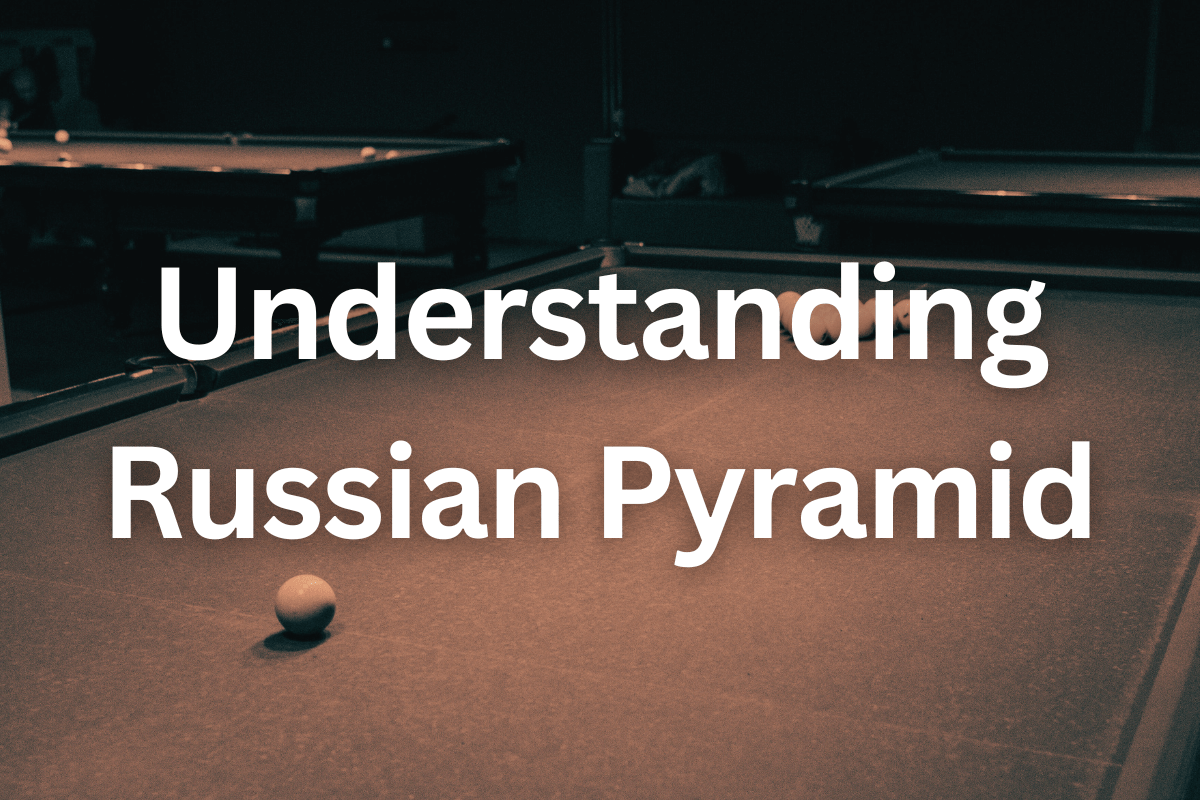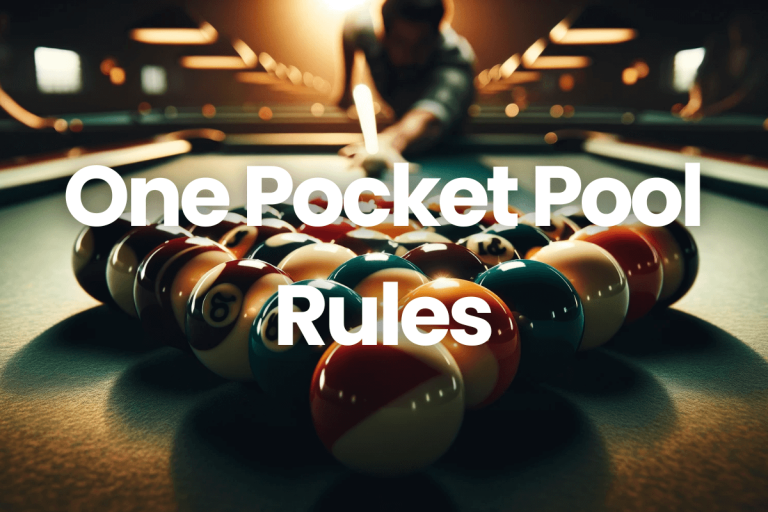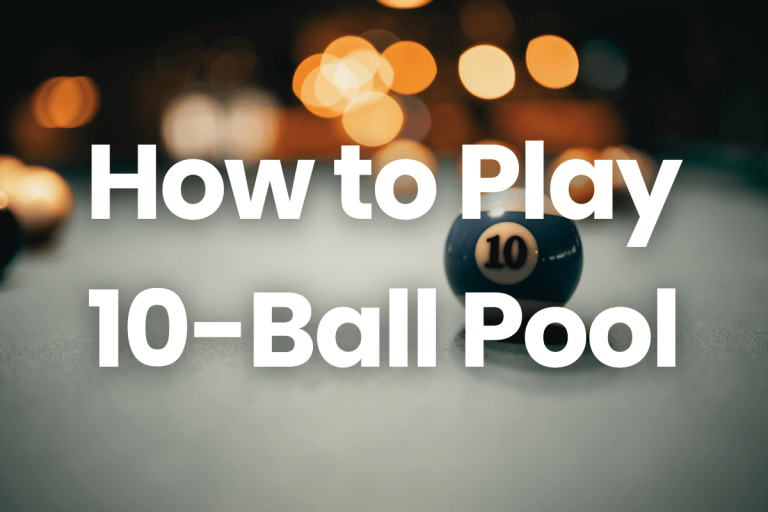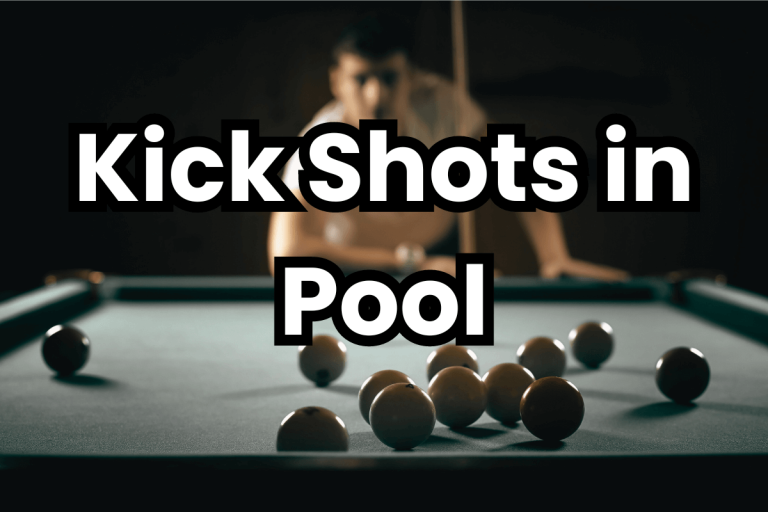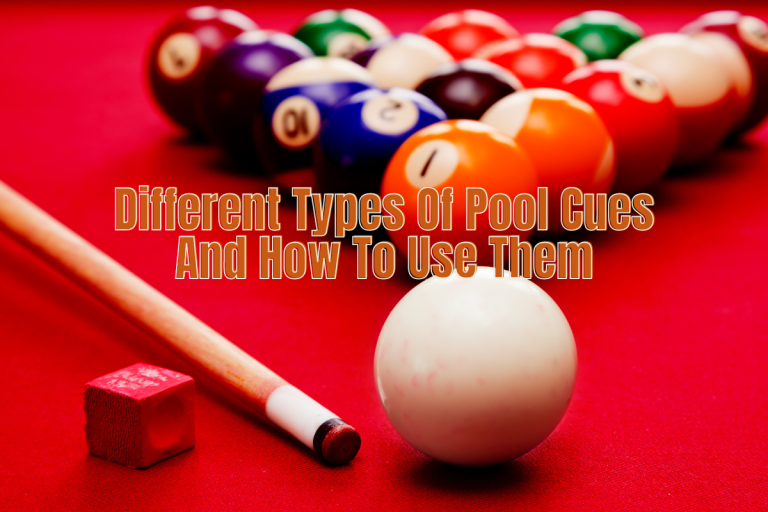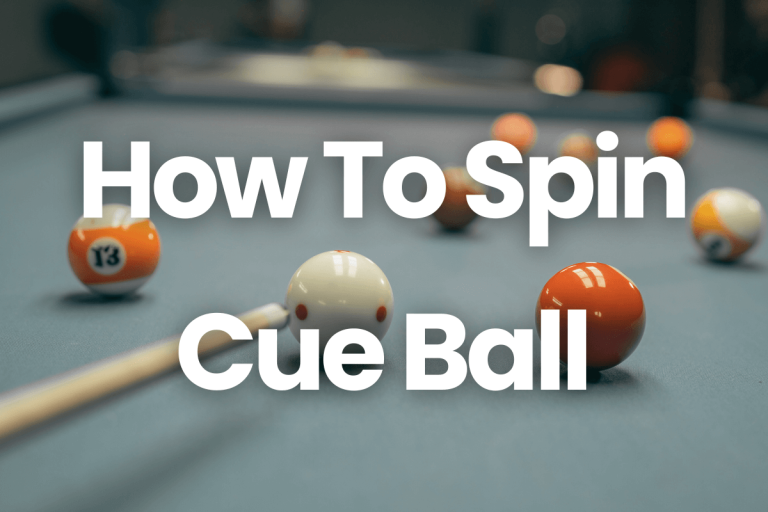Conquering Russian Pyramid | Elevate Your Billiards Game (2024)
Russian Pyramid, a captivating billiards game, traces its origins to Eastern Europe, enriching the region’s cultural tapestry. Known for its rigorous precision and unique rules, it stands apart from conventional billiards. Characterized by its larger table, smaller pockets, and heavier balls, the Russian Pyramid demands exceptional accuracy and strategic finesse. This game, extending beyond mere recreation, symbolizes skillful artistry and mental acumen. Its distinct gameplay, contrasting with other billiards variants, offers an intriguing challenge that has fascinated players for generations, embodying both tradition and skillful play.
Understanding Russian Pyramid
Russian Pyramid, also known as Pyramid Billiards, is a cue sport that significantly differs from more familiar billiards games like American Pool or Snooker. It’s known for its unique features and challenging gameplay, which requires precision and strategic thinking.
Unique Features of the Russian Pyramid
- Table Size: The Russian Pyramid is played on a larger table, usually 12 feet long, which is larger than standard pool tables.
- Balls: The game uses 16 balls, including 15 white object balls and one red or yellow cue ball. The balls are slightly larger in diameter compared to those used in the pool but are played with cues that are thinner and lighter.
- Pockets: One of the most challenging aspects is the pockets. They are only slightly wider than the balls themselves, demanding greater accuracy from players.
Game Variations in Russian Pyramid
Russian Pyramid is known for its challenging variations, each with distinct rules and playing techniques. The three main variations are the Free Pyramid, Combined Pyramid, and Dynamic Pyramid.
1. Free Pyramid (American Pyramid)
Objective: Players aim to pocket any ball into any pocket.
Rules
- No requirement to call the shot.
- Any ball on the table can be used as the cue ball.
- A point is scored for every ball pocketed.
Playing Techniques
- Emphasizes open play with more opportunities to score.
- Suitable for players of all skill levels.
- Less strategic compared to other variations, with a greater focus on shot-making skills.
2. Combined Pyramid (Moscow Pyramid)
Objective: A blend of the rules from the Free and Dynamic Pyramid. Players must call the pocket but can use any ball as the cue ball.
Rules
- The pocket for each intended ball must be called.
- Fouls occur when a ball is pocketed in an uncalled pocket or if a shot is missed.
- Players score points for each ball pocketed as per the called shot.
Playing Techniques
- Requires more precision and strategic planning than Free Pyramid.
- Players need to be tactical in shot selection, balancing offense with defense.
3. Dynamic Pyramid (Siberian Pyramid)
Objective: The most complex and strategic variation, requiring players to call the ball, pocket, and specific order of the balls to be pocketed.
Rules
- Players must announce the exact sequence of the balls they intend to pocket, including the designated pockets.
- Scoring points requires pocketing balls in the exact order called.
- Mistakes or fouls lead to the loss of a turn and potential penalty points.
Playing Techniques
- Demands the highest level of skill and strategy.
- Players must have excellent foresight, planning several shots ahead.
- Precision and control are paramount, especially in cue ball placement for the subsequent shots.
Equipment and Setup
Russian Pyramid, a unique and challenging cue sport, is distinct in its equipment and setup compared to other billiards games like pool or snooker. Here’s an overview of the key equipment used in Russian Pyramid and how it differs from other games:
The Table
Size: Russian Pyramid tables are notably larger than those used in traditional pools or snooker. They typically measure 12 feet in length (about 3.5 meters), offering a more expansive playing field.
Pockets: One of the most distinctive features is the pockets. They are much narrower, with diameters only slightly larger than the diameter of the balls. This design demands greater precision in shot-making.
Cloth: The cloth used on Russian Pyramid tables tends to be more durable and can be slower than the cloth used in the pool, affecting ball movement and game dynamics.
The Balls
Size and Weight: The balls used in the Russian Pyramid are larger and heavier than those used in traditional pool games. They usually measure around 68 mm in diameter, which is larger than the standard pool balls at 57.2 mm.
Number and Color: The game uses 16 balls – 15 white object balls and one red or yellow cue ball. This contrasts with the colored and numbered balls in the pool.
The Cues
Design: Cues used in the Russian Pyramid are typically lighter and thinner than pool cues. Despite the balls being heavier, the cues are designed for precision rather than power.
Tip Size: The tip of a Russian Pyramid cue is narrower, facilitating more accurate shots, which is essential given the game’s tight pocket dimensions.
Basic Rules of Russian Pyramid
Russian Pyramid, a cue sport distinct from pool or snooker, has its own set of rules and objectives that emphasize precision and strategy. Here’s a comprehensive overview:
General Gameplay Rules in Russian Pyramid
- Players: The Russian Pyramid can be played by two individuals or two teams.
- Break Shot: The game begins with a break shot. The player who pockets a ball on the break continues to play.
- Cue Ball: Any ball can be used as the cue ball. If a player pockets a ball, they can then use any ball on the table as the next cue ball.
- Pocketing Balls: Players aim to pocket balls in the designated pockets. In most game variants, players must call the pocket where they intend to send the ball.
Scoring System in Russian Pyramid
- Point per Ball: In the most common variations, players earn one point for each ball legally pocketed.
- Called Shots: In some variations, points are awarded only when the ball is pocketed in the called pocket. If the wrong ball is pocketed or it goes into a different pocket, it’s usually considered a foul.
- Fouls: Fouls can result in penalty points or the loss of a turn, depending on the game variation.
Winning Conditions in Russian Pyramid
- Score Limit: Games are often played to a predetermined number of points. The first player or team to reach this score wins.
- Frame-Based Play: In some variations, matches are divided into frames, similar to snooker, with the player winning the most frames declared the overall winner.
Techniques and Strategies in Russian Pyramid
Cueing Techniques Specific to Russian Pyramid
Precise Cueing: Given the smaller pockets, precision in striking the ball is crucial. Practice delivering smooth, accurate strokes.
Controlled Power: While power is important, especially on larger tables, it must be balanced with control to avoid overshooting.
Cue Ball Positioning: Focus on the position of the cue ball after each shot. It’s essential for setting up subsequent shots, particularly in variations where you can choose any ball as the cue ball.
Spin and English: Mastering spin (or English) is vital. Due to the heavier balls and larger table, the effects of spin differ from other billiards games. Practice applying different types of spin to understand how the ball reacts.
Consistent Stance and Stroke: Maintain a consistent stance and stroke technique. This consistency helps in achieving accuracy and control over long playing sessions.
Strategies for Offensive Play
Aggressive Shot Selection: In situations where you have a clear path, opt for offensive shots that pocket balls and score points.
Break Strategy: A powerful and well-planned break can set the tone of the game. Aim for a break that scatters the balls while maintaining control of the cue ball.
Sequence Planning: Especially in Dynamic Pyramid, plan your shot sequence. Think a few shots ahead to maintain control of the table.
Strategies for Defensive Play
Safety Shots: If a direct offensive shot isn’t available, consider playing a safety shot. Position the cue ball in a place that makes it difficult for your opponent to pocket a ball.
Blocking Pockets: Aim to leave your balls in positions that block the pockets for your opponent’s shots, especially in Combined Pyramid where any ball can be the cue ball.
Forcing Fouls: In situations where your opponent has a clear advantage, consider shots that increase the likelihood of them committing a foul, thus turning the table to your favor.
Balancing Offense and Defense
Read the Table: Always assess the table before each shot. Decide whether an offensive or defensive strategy is more beneficial based on the current layout of the balls.
Adapting to Opponents: Adjust your playstyle based on your opponent’s strengths and weaknesses. Against a strong offensive player, a more defensive strategy might be effective, and vice versa.
Conclusion
Russian Pyramid offers a thrilling twist to traditional billiards, boasting challenging gameplay and distinctive equipment. With variations like Free Pyramid for beginners and Dynamic Pyramid for experts, there’s something for everyone. This game blends mental sharpness with physical prowess, inviting players to delve into its strategic depths. Whether you’re a seasoned enthusiast or a newcomer, Russian Pyramid promises a rewarding journey filled with skillful execution and strategic depth. Dive in and explore the unique world of the Russian Pyramid!
FAQs
What makes the Russian Pyramid different from other billiards games?
The Russian Pyramid is unique due to its larger table size, smaller pockets, heavier balls, and the rule allowing any ball to be used as the cue ball. These features demand greater precision and strategic thinking compared to other billiard games.
Is the Russian Pyramid more difficult than pool or snooker?
Many players find the Russian Pyramid more challenging because of the tighter pocket dimensions and the need for more precise shots. However, difficulty can be subjective and varies based on individual skill and experience.
Can beginners play the Russian Pyramid, or is it only for advanced players?
Beginners can play the Russian Pyramid. While it might be more challenging initially, it’s a great way to develop precision and strategic thinking in cue sports. Starting with the Free Pyramid variation is often recommended for new players.
What are the best ways to practice and improve in the Russian Pyramid?
Practice focused on precision and control is key. Drills that enhance accuracy, cue control, and understanding of ball physics are beneficial. Playing different variations also helps in developing a well-rounded skill set.

